The next in our series of interviews with the planet’s pioneers is with Steve Davies, a sustainability driven product designer based in Wales who’s developing surfboards made from mushrooms.
Or, more accurately, from mycelium, which is the root-like network that grows underneath the fruiting body that most of us have eaten.
If you’ve been following Akepa for a while, you might’ve noticed our slight obsession with fungi. But beyond a fascinating ingredient of biodiversity, and one of our favourite fall foods, they’re proving to be quite the alternative sustainable material. Until now, most of the work has been done in fashion, so you can imagine our elation when we learned of its application elsewhere, in a pleasantly surprising place…
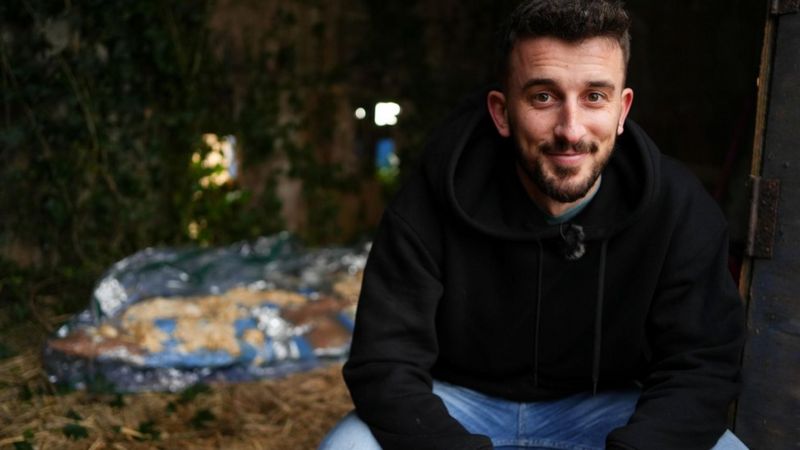
Let’s kick things off with an introduction. We first featured your surfboard in one of our news roundups in May this year. Tell us more about where that project is now…
Time has flown by! It’s been a busy few months for myself and this project. I have been experimenting with a range of mycelium/mushroom species and developing three mushroom surfboard blanks – each with its own positives and negatives. So all in all, the project is moving closer and closer towards the ocean.
Mycelium seems to be magical stuff that’s being used for all sorts of pioneering applications – what is it that makes it so attractive as a material for surfboards?
Mycelium is quite literally rooted within nature, so it gives surfers the opportunity to strip the sport straight back to those same roots. It’s fast-growing, plus its lightweight characteristic compares well to petrochemical-produced pop-out boards. Hopefully, it offers an alternative to mass-produced boards for surfers.
There must be a fair few challenges with working with such a new material, too?
Working with a living material composite carries various challenges that can’t always be controlled due to temperature, moisture, workshop space, etc.
Put this together with the unpredictability of the innovative prototyping process and it creates a difficult project to plan. But this is a challenge that’s exciting, as nothing worth having comes easy.
Making a surfboard from mycelium is a process that we have no idea whatsoever about. Could you give us a quick outline of the steps involved?
Without going into too much detail, a mycelium surfboard consists of a substrate being impregnated with mycelium. Then you plant that within a surfboard mold and leave it to grow in a dark space for around two weeks. This board is then “cooked” and waterproofed with a plant-based composite.
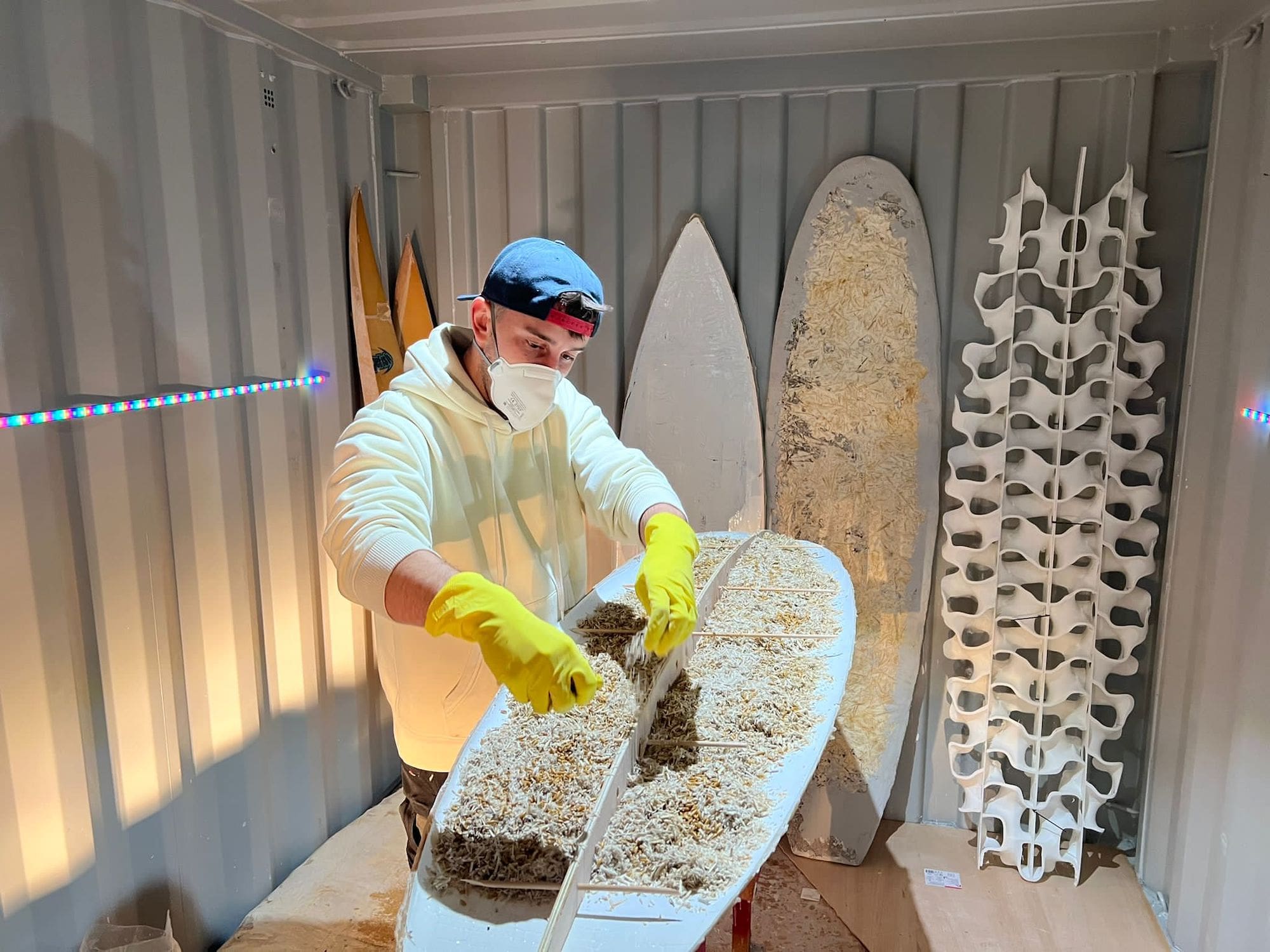
How do you strike the balance between durability, performance, and sustainability when working with such a biodegradable material?
I always refer back to traditional surfboard shaping and glassing methods. Surfboard shaping, in particular, is considered an art, practised over years and years of experience.
Therefore by understanding and respecting the fundamentals, I always aim to take inspiration from existing board shapes and incorporate features such as fin setups and stringers from wooden, expanded polystyrene (EPS) & polyutherene (PU) surfboards.
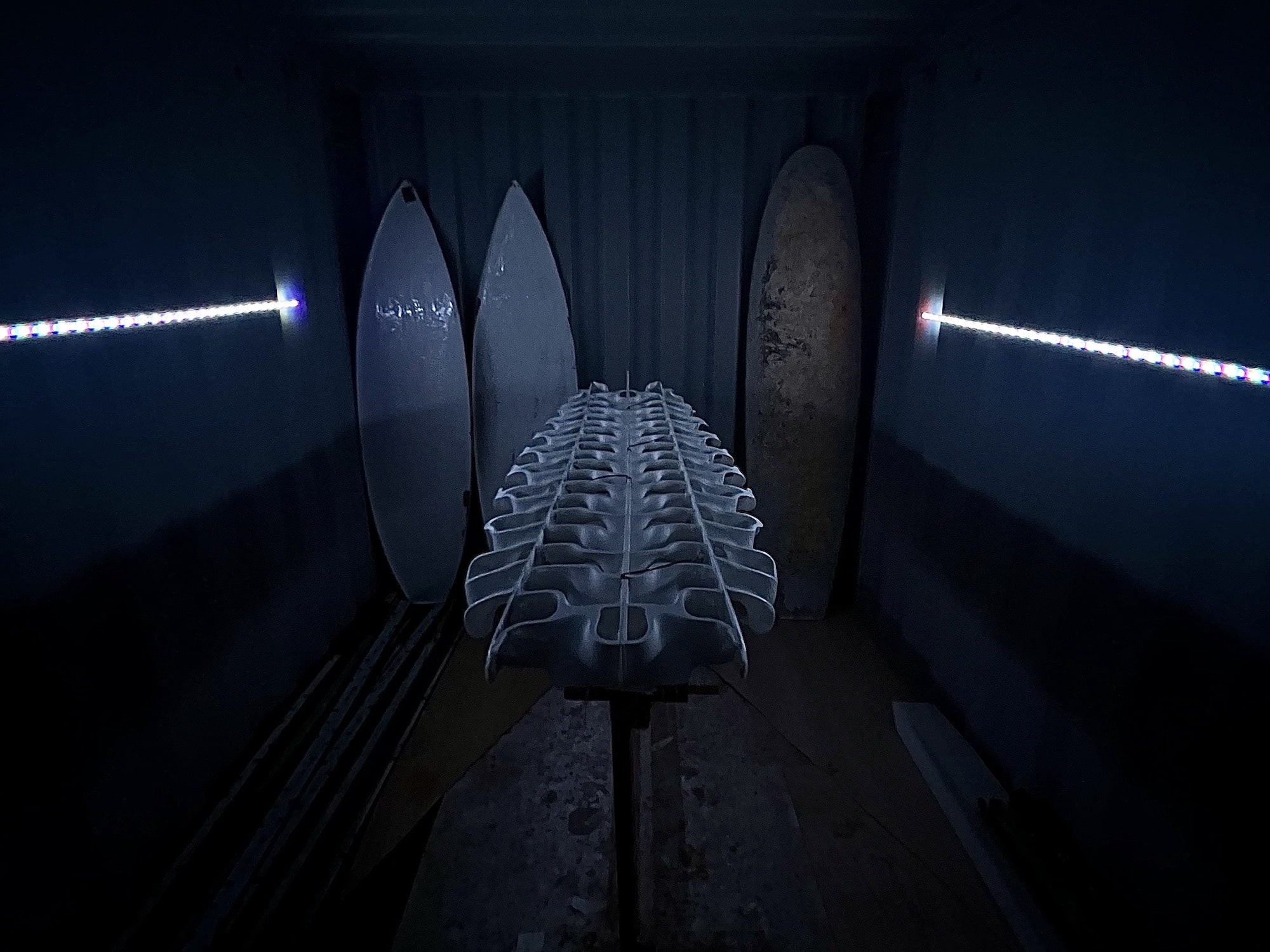
Surfing is a sport that’s closer to nature than most. How has the reaction been from the wider community about a surfboard that has no plastic? Is this an issue that a lot of surfers are concerned about?
I do believe that there is a big shift in the consumer habits of the surfing community. From my experience and research, surfers are actively looking to be more environmentally conscious in their everyday lives as well as when purchasing surfing products.
However, I also believe that the responsibility needs to continue throughout the surfing industry as a whole. For more to offer eco-alternative surf products that can truly compete with plastic-based products.
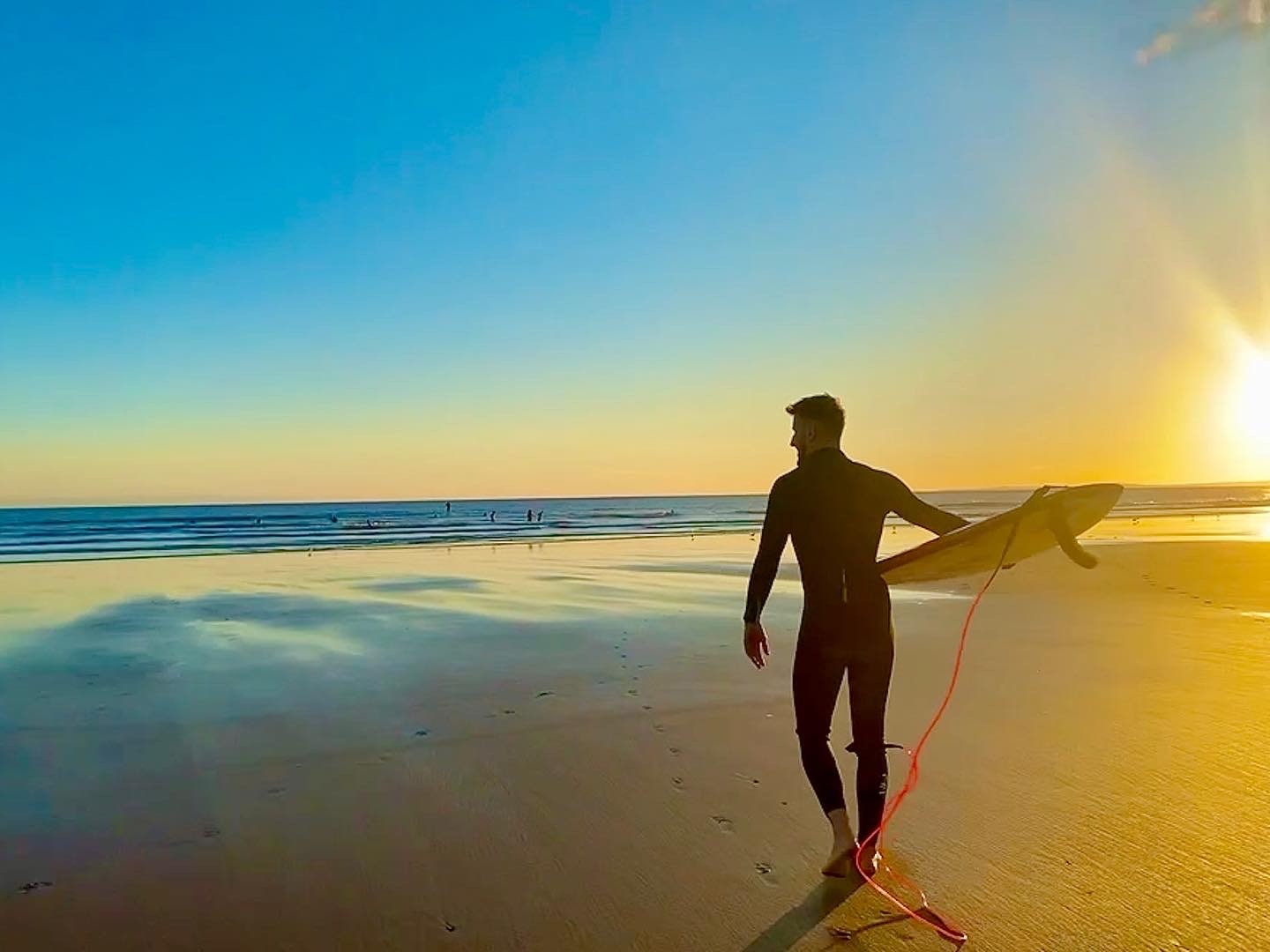
Bringing the concept to life must be hard but then also making it scale in the future. What elements would have to fall into place to produce surfboards to meet demand?
For me, it would first need funding for design iteration – something I am actively applying for – to develop a product that is considered level in performance with existing surf products.
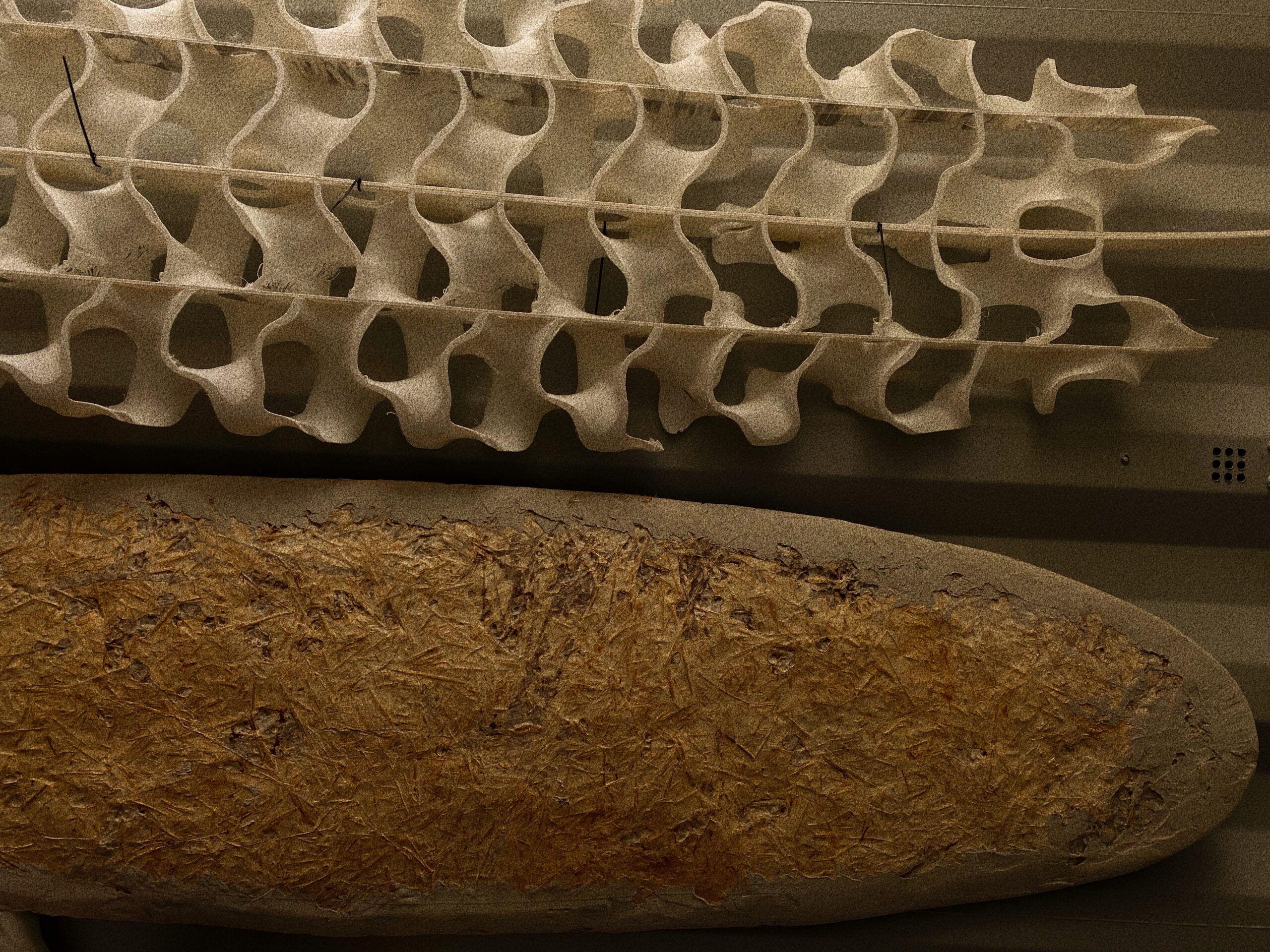
Apart from the surfboard that we read about – do you have any new inventions or prototypes in the works and what are they made from!?
I have a few things currently being developed that will fit well within the ‘Shroom’ orientated surfing brand, promoting eco-centred regenerative products.
There are a few fungiphiles at Akepa – how deep does your interest in fungi go beyond the use of mycelium as a material? Do you ever forage for the real ‘shrooms, for example?
I believe that mycelium has incredible potential for a range of design applications but the answer is no, I have never explored that area of fungi…
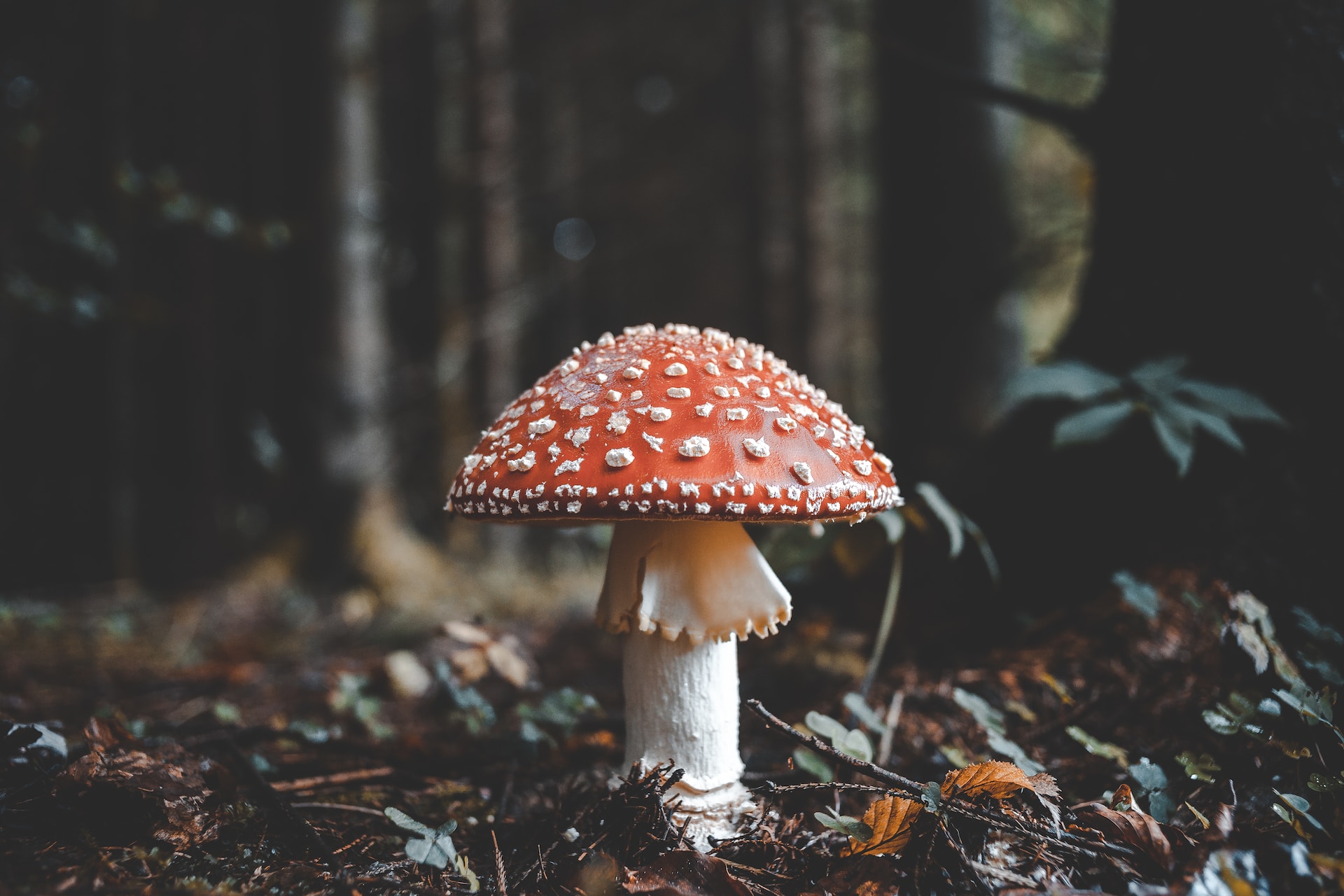
Sustainability can be a tricky concept to define and we always ask our interviewees to attempt to pin it down. What’s your definition?
Sustainability to me is not about maintaining the planet, but creating and innovating in a way that can begin to regenerate the damage inflicted by humans. Designing in a way that reflects nature, not ignores it.
What are some of the most exciting sustainable brands or businesses that you’re following at the moment?
- Finisterre – an outdoor apparel and gear brand with its roots in surfing. Their focus is functionality and sustainability.
- Grow ‘n’ Grind – a coffee shop in Porthcawl, South Wales, that makes a really unique coffee-mushroom blend.
- EcoSurfSupply – their online shop is in the works, but they specialise in eco-friendly foam blanks.
- Balsa Surf Shop – a surf shop also based in Porthcawl, offering quality products and promoting sustainability.
Before we forget, any recommendations for local surfing spots, for anyone heading out in Wales?
When it comes to local surf spots, Porthcawl is lucky to have quite a few options, that can be surfed all year round. Coney Beach and Rest Bay are my favourite spots, Coney providing a more wind sheltered surf with Porthcawl Harbour and Pier as a backdrop. Rest Bay offers more space, often coupled with stronger surf conditions so plenty of opportunity for both long and shortboarders to paddle out.
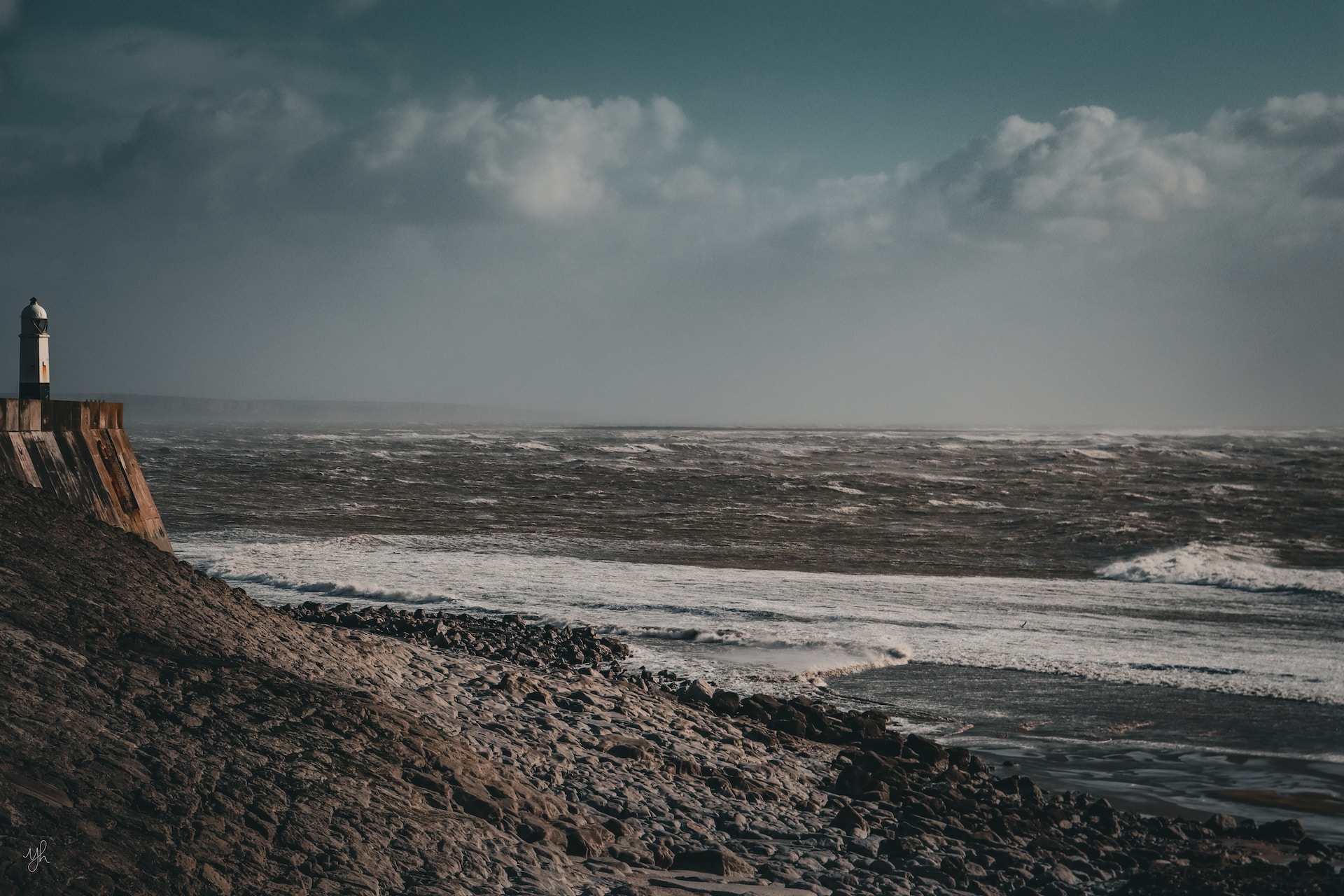
It seems like it’s been a journey so far. Where would you like to be a year from now?
Hopefully, testing and producing mycelium surfboards ready to compete with the current petrochemical boards in the surfing market. Alongside running a brand that promotes and educates younger generations about the importance that eco-centred product design has on the future of our planet.
Godspeed Steve, and thanks for lifting our fungal fascination to new heights from an already lofty base. If you’d like to follow Steve’s journey to bring this pioneering mycelium surfboard to life, and other design projects, you can follow on Instagram. We’ll be following closely, with fingers crossed for the project’s success. The world would be better place if people were surfing on mushrooms, in all sorts of ways.
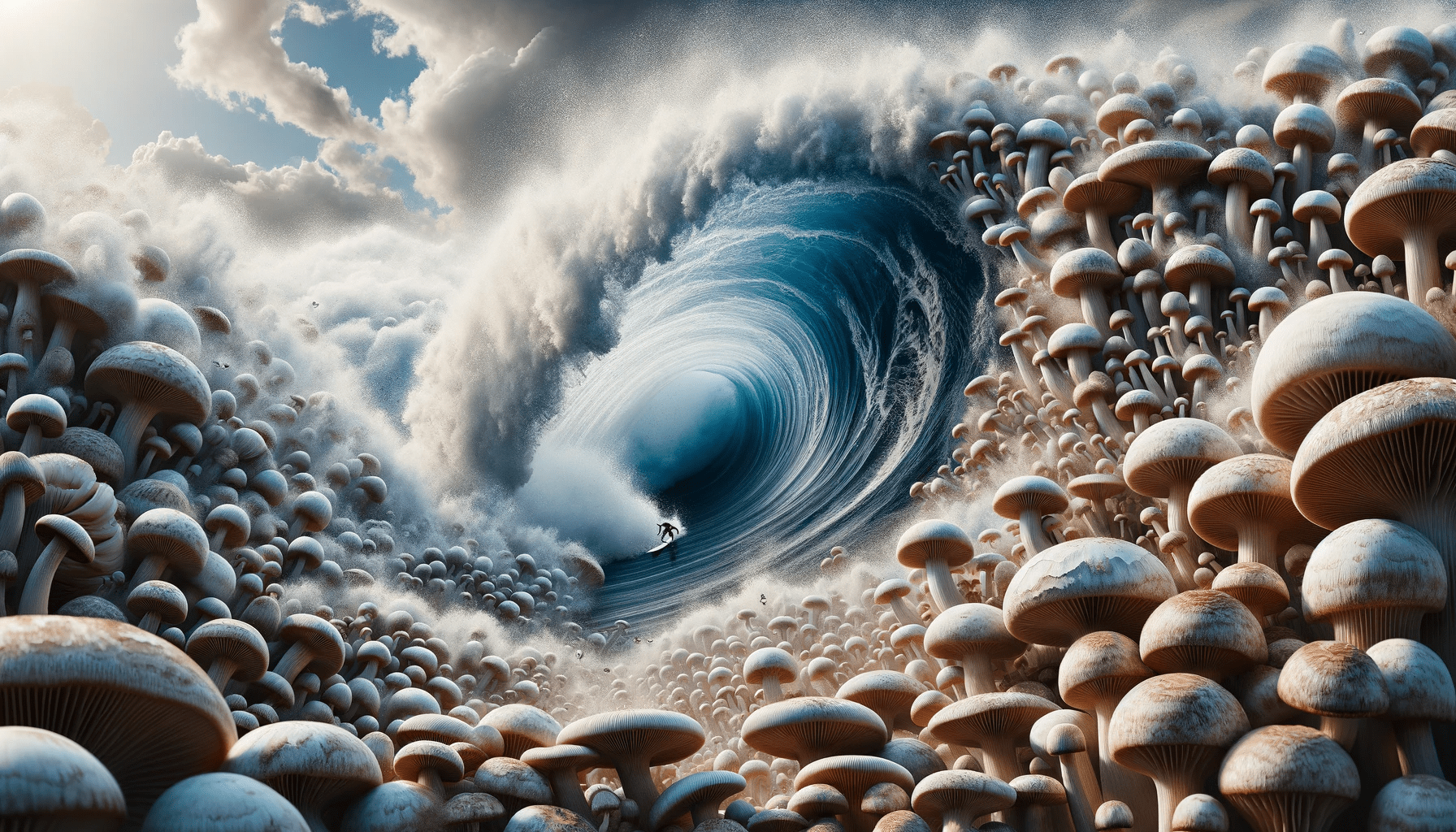
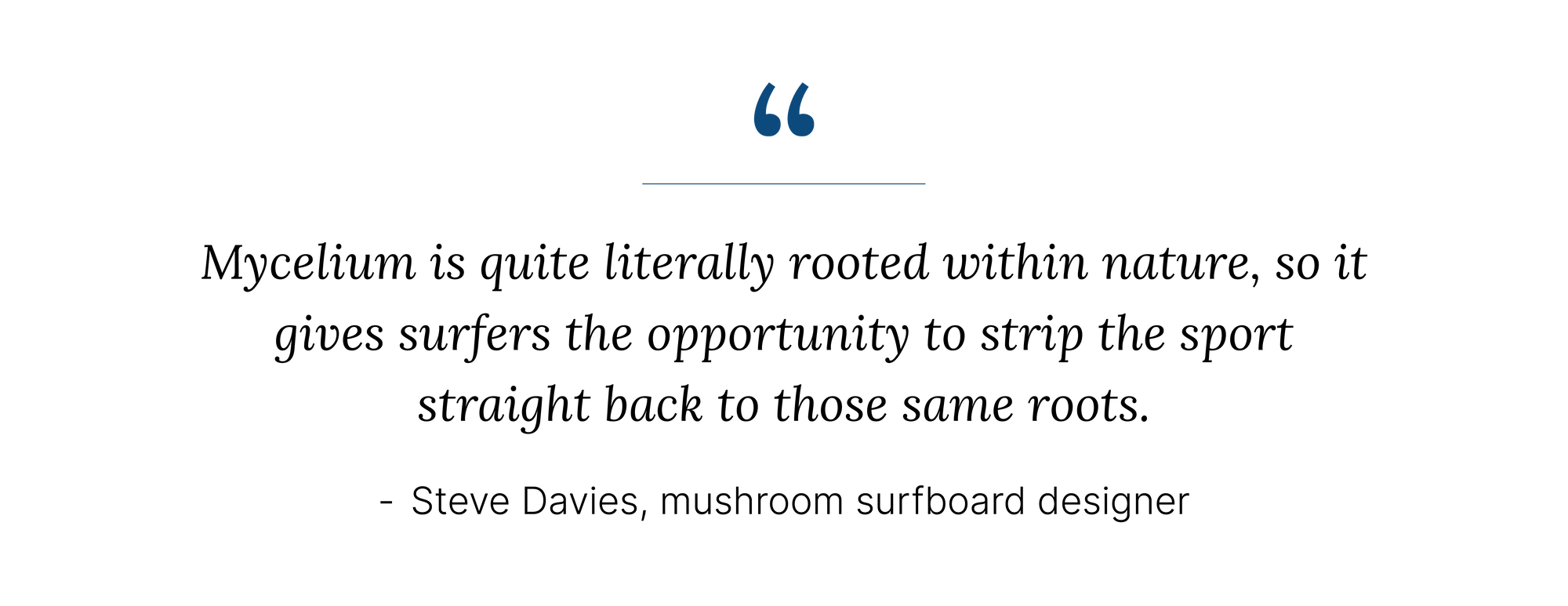
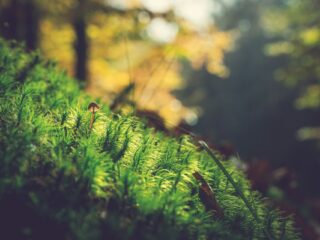
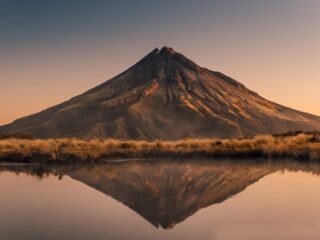
Leave a Reply